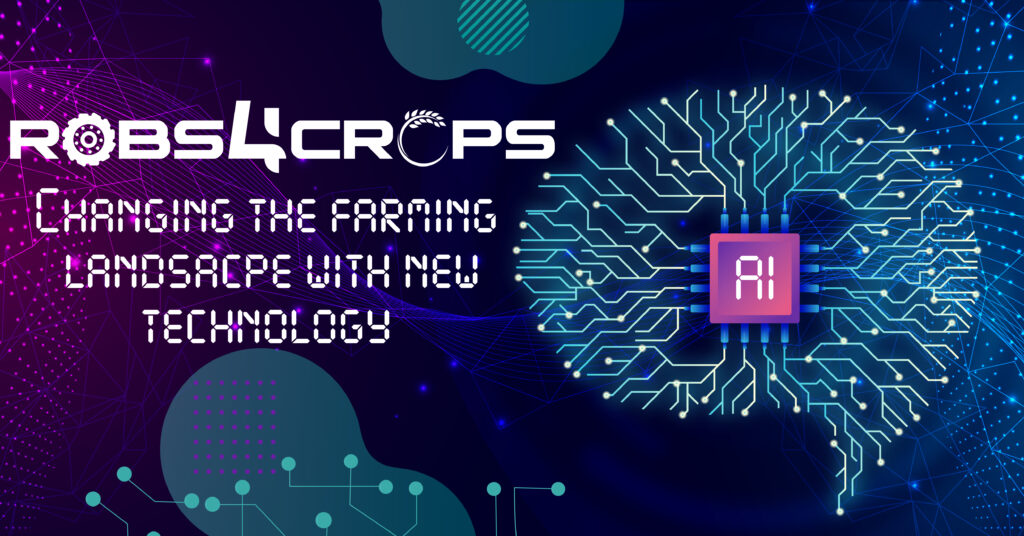As the global population is on the rise, nearly quadrupling since the previous century, the demand for food production has reached critical proportions, Forbes writes, while climate change increases strain on agricultural production and water resources. However, the problem we face lies in the scarcity of farmers and arable land. It is at this pivotal moment that AI emerges as a beacon of hope.
What does AI bring to agriculture?
Intellias in their article stated many methods of how AI can help and improve agriculture. In the digital era, AI and robotics are reshaping agriculture, offering precision and sustainability. AI-driven algorithms optimize irrigation, detect leaks, monitor crop health and identify pests. Livestock health is remotely monitored with drones and computer vision. Pesticide application becomes precise, while yield mapping aids in better crop planning. AI distinguishes weeds, automates weeding and sorting, and enhances farm security. These innovations redefine farming, making it more efficient, sustainable and secure for the future.

